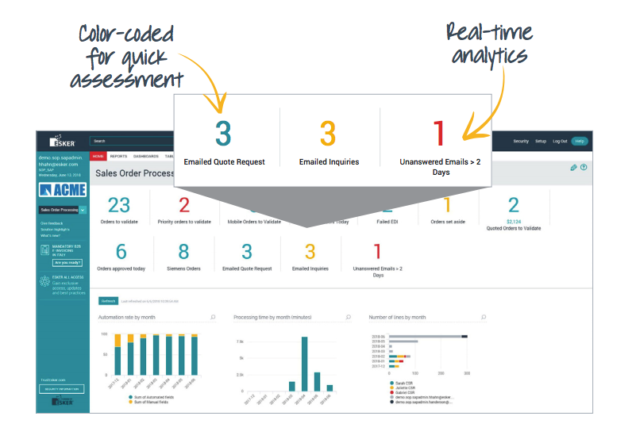Inboxes – Sometimes it seems like you can never make it through reading all the emails you get in your personal inbox. Moreover, that is just your personal inbox.
Now think about a shared inbox in your department. Many organizations rely on that to provide customer service, receive invoices and orders, respond to inquiries, etc. With customers, vendors, prospects fielding so many different types of emails in a shared inbox meant for different kind of department, it can be a nightmare. So how do we solve this? First, let us look at the common pitfalls of shared inboxes:
Pitfalls of shared inboxes
- Loss of content and context. Zero background prior engagement with the customer when a new staff comes. He/she will be scrambling to find information from prior interactions.
- Team member overlap. With multiple people, accessing the same email account, expecting another person to respond or double responding is common and can lead to confusion.
- Inefficiency. No insight into who has responded to what and whether something has been followed up.
- Lack of transparency. Except for a short subject line, staff have absolutely no idea what emails contain and whether they are urgent or not — urgent items can be easily overlooked.
Processes maybe put in place that helps solve these problems; however, they do not solve them and ultimately lead to an even more complex system. So how about making things simple with a solution that features automated email triaging?
Esker: Sorting Out Shared Inboxes
Rather than spending hours organising and responding to emails from a shared inbox each day, the right tool will bring visibility and efficiency to an otherwise chaotic system.
Enter Esker’s AI-driven automation solutions. Its email triage tool was built specifically to categorise documents like invoices and orders from requests and questions. Automatically pulled directly from the shared inbox, the email’s subject line and body copy are scanned and sorted into different queues to be handled.
Users are able to access every email from the Esker platform and view key information at a glance, such as:
- Date and time email was sent
- Subject line
- Whether the email has been viewed
- Last date and time the email was opened
- If the email has been validated and by whom
- Sender address
Companies can even set a custom threshold for answering emails to ensure policies dictating communication response times are upheld. All of this leads to:
- Greater visibility
- Document traceability
- Staff accountability
- Priority email management
- Faster processing
- Reporting capabilities
Contact us to learn more about how we can help your team overcome the pitfalls of a shared inbox.

